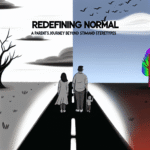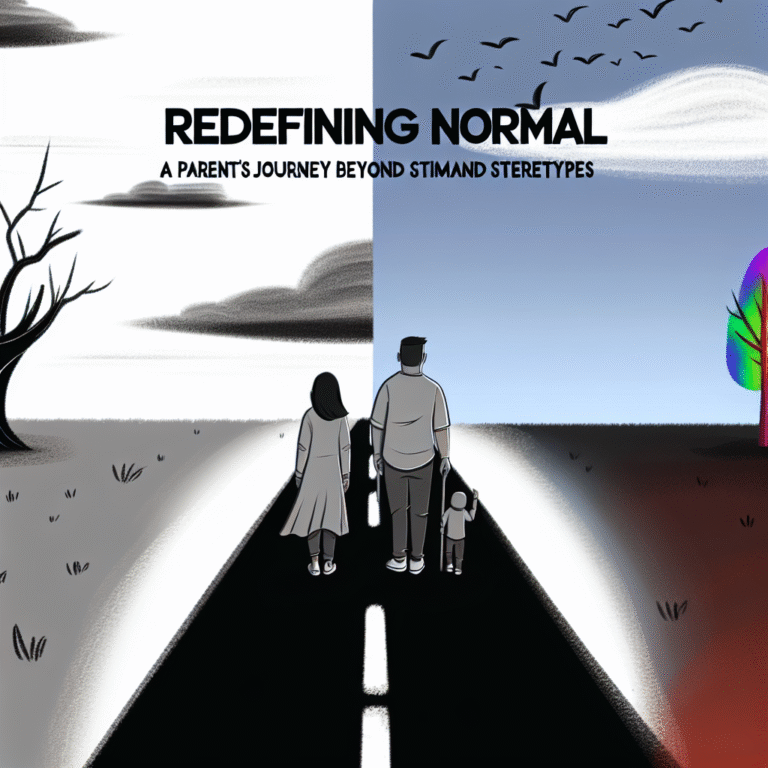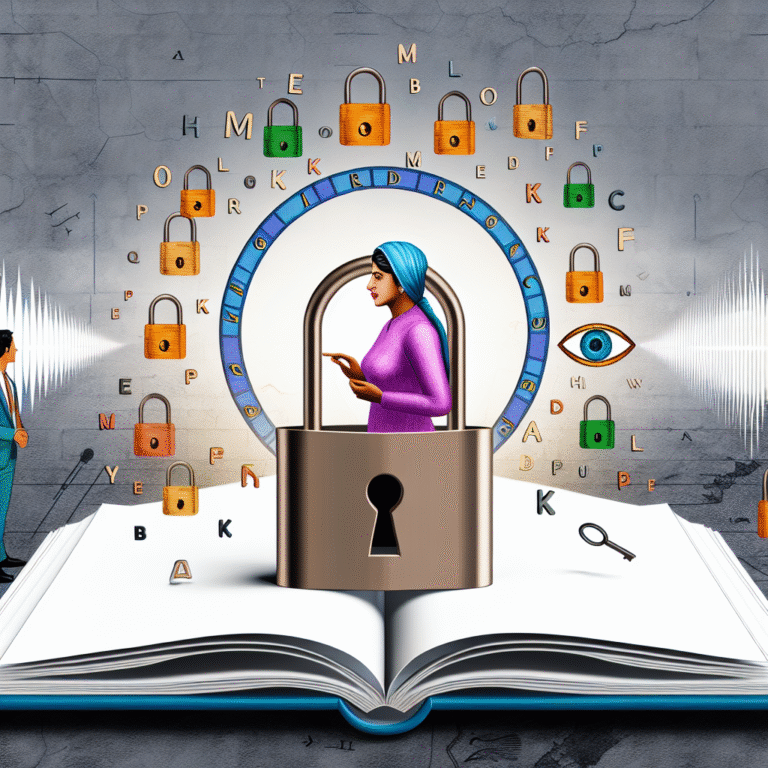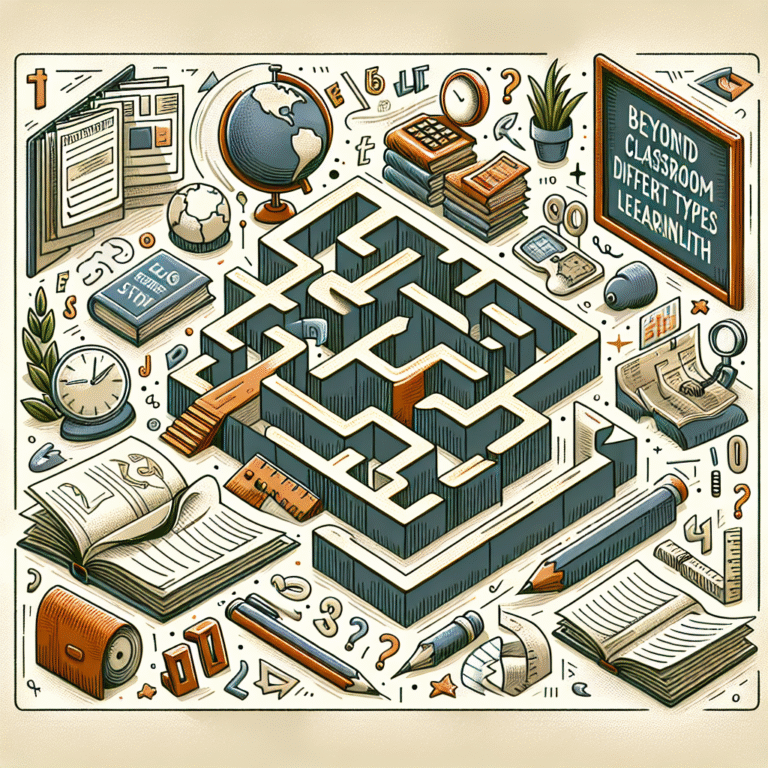
Crafting Inclusive Classrooms: Effective Lesson Plans for Students with Learning Challenges
Introduction
In today’s educational landscape, embracing diversity goes beyond mere acknowledgment; it’s about crafting inclusive classrooms that cater to students with varied learning challenges. Whether it’s dyslexia, ADHD, or autism spectrum disorder, every child deserves equal access to education and the tools they need to thrive. Crafting inclusive classrooms is not just a noble goal—it’s a fundamental necessity for fostering a generation of empathetic, innovative, and well-rounded individuals.
In this article, we will delve into the intricacies of crafting inclusive classrooms through effective lesson planning. We’ll explore real-world applications, offer actionable insights, and provide a roadmap for educators who aspire to transform their teaching practice. By focusing on tailored learning experiences, we can ensure all students succeed, regardless of the barriers they face.
Understanding Learning Challenges
Defining Learning Challenges
Learning challenges encompass a broad range of difficulties that affect how students process information and learn. These challenges can be cognitive (e.g., dyslexia, dyscalculia), socio-emotional (e.g., anxiety disorders), or developmental (e.g., autism). Understanding each type is crucial in crafting inclusive classrooms that address diverse needs.
The Importance of Inclusion
Researchers and educators alike have long recognized the benefits of inclusive classrooms. Not only do they provide equitable opportunities for all students, but they also promote social-emotional growth and build a sense of community. Studies show that students with learning challenges perform better in inclusive settings, where they can learn alongside their peers, fostering empathy and collaboration.
| Type of Challenge | Characteristics | Educational Approaches |
|---|---|---|
| Dyslexia | Difficulty with reading fluency and comprehension | Multi-sensory reading interventions, explicit phonics |
| Attention Challenges | Trouble focusing, hyperactivity | Structured routines, visual supports, and breaks |
| Autism Spectrum | Varying degrees of social interaction difficulties | Visual schedules, social stories, and peer mentors |
Crafting Effective Lesson Plans
Step 1: Know Your Students
Real success begins with understanding the unique needs and strengths of your students. Conduct assessments that capture each student’s abilities and challenges. This knowledge serves as the foundation for crafting inclusive classrooms where effective lesson plans are tailored accordingly.
Case Study: The Learning Profile
In a fourth-grade classroom, a teacher, Ms. Thompson, developed individual learning profiles for each of her students. She incorporated sensory preferences and learning styles into her lesson planning. For instance, knowing that Alex, a student with dyslexia, struggled with traditional text, she used audiobooks and visual content related to the subject matter. The result? Academic performance improved, and engagement soared.
Step 2: Set Clear and Achievable Goals
Develop clear, measurable learning objectives that can accommodate varying levels of ability. Goals for crafting inclusive classrooms should be ambitious yet attainable, ensuring each student can track their growth and feel successful.
| Learning Goal | Strategy for Achievement |
|---|---|
| Increase Reading Fluency | Use repeated reading practices with varied text types |
| Enhance Social Skills | Implement cooperative learning activities |
Step 3: Differentiate Instruction
Differentiation is a cornerstone of crafting inclusive classrooms. Apply multiple teaching modalities—visual, auditory, and kinesthetic—to ensure every student receives instruction in a way that resonates.
Real-World Application: Multimedia Resources
In a high school setting, Mr. Hernandez utilized multimedia resources such as videos, podcasts, and interactive apps. For his chemistry lesson on molecular structures, he provided 3D models, videos, and hands-on experiments. This variety enabled students with different learning needs to engage effectively. The class showed improved understanding of complex concepts, illustrating how effective lesson plans can lead to deeper comprehension.
Step 4: Incorporate Universal Design for Learning (UDL)
Universal Design for Learning is an educational framework that guides the development of flexible learning environments. By incorporating UDL principles, educators can create lesson plans that accommodate all students’ needs from the outset.
Key Principles of UDL
- Multiple Means of Engagement: Provide options to motivate students.
- Multiple Means of Representation: Present information in multiple formats.
- Multiple Means of Action and Expression: Allow students to demonstrate their learning in varied ways.
Step 5: Foster a Positive Learning Environment
Creating a welcoming atmosphere is essential for crafting inclusive classrooms. Establish norms and practices that promote respect, acceptance, and collaboration. Positive reinforcement and recognition of effort can significantly contribute to a student’s confidence and participation.
Case Study: Peer Support Systems
In her middle school, Ms. Park implemented a peer support system, pairing students with learning challenges with buddies for group assignments. This not only supported students with difficulties but also fostered friendships and enhanced social skills among all students.
Assessment and Feedback
Emphasizing Formative Assessment
Regular, formative assessment drives improvement. Wrap up lessons with quick feedback loops to measure understanding. Allow for self-assessment, enabling students to reflect on their learning process.
| Assessment Type | Purpose | Example Application |
|---|---|---|
| Formative Assessment | Gauge student understanding in real time | Exit tickets, quick quizzes, peer assessments |
| Summative Assessment | Evaluate cumulative learning | Projects, research papers, standardized tests |
Providing Constructive Feedback
Effective lesson plans should integrate constructive feedback mechanisms. Feedback should be specific, actionable, and timely, allowing students to understand areas for improvement while celebrating their progress.
Building Community and Collaboration
Engaging Families
Cooperation with families plays a vital role in crafting inclusive classrooms. Engaging parents and caregivers can provide insights into their child’s strengths and challenges, which is invaluable for effective lesson planning.
- Communication Strategies: Regular newsletters, parent-teacher conferences, and workshops can ensure parents feel involved in their child’s education, making it easier to support learning at home.
Collaborating with Specialists
Don’t hesitate to collaborate with special educators, counselors, or psychologists. Their expertise can enrich lesson plans and provide strategies for creating inclusive environments.
Case Study: Collaboration with Specialists
When Mrs. Lee faced challenges with a student exhibiting significant behavioral issues, she consulted with an educational psychologist. Together, they devised a modified behavior management plan that included visual cues and a reward system. The changes positively impacted both the student’s behavior and the overall classroom environment.
Continuous Improvement
Reflecting on Practices
To truly succeed in crafting inclusive classrooms, educators must constantly reflect on their practices, seeking feedback from peers, students, and families. What worked? What didn’t? Such reflections are crucial for enhancing future lesson plans.
Professional Development
Participate in workshops, conferences, and online courses that focus on inclusive education. Staying informed about the latest research and strategies can enhance your teaching effectiveness and enrich your classroom environment.
Conclusion
Crafting inclusive classrooms through effective lesson plans for students with learning challenges is not merely a task—it’s a journey. By understanding diverse needs, implementing differentiated instruction, and fostering collaboration, educators can empower students to reach their full potential.
As you reflect on your teaching practices and the steps you can take to cultivate an inclusive environment, remember, the impact of your efforts can ripple through not just your classroom, but the community at large. Let’s commit ourselves to ensuring that every student feels valued and capable, paving the way for a brighter future for all.
FAQs
1. What are some common learning challenges students face today?
Common learning challenges include dyslexia, ADHD, autism spectrum disorders, and specific learning disabilities like dyscalculia. Understanding these challenges is essential for crafting effective lesson plans.
2. How can I differentiate my instruction for students with varying abilities?
Differentiation can be achieved through varied teaching modalities, flexible grouping, and tailored assignments that cater to different learning styles. Always aim to provide multiple means of engagement, representation, and expression.
3. What is Universal Design for Learning (UDL)?
Universal Design for Learning is a framework that advocates for flexible learning environments tailored to diverse student needs, ensuring all individuals have equal opportunities to learn.
4. How should I assess students with learning challenges?
Utilize a mix of formative assessments (like quizzes and interactive activities) to gauge understanding in real-time, alongside summative assessments (like projects and tests) that evaluate overall learning.
5. How can I engage families in the learning process?
Regular communication through newsletters, conferences, and workshops keeps families informed and involved in their child’s education, which is essential for supporting learning at home.
6. What professional development opportunities are available for educators focused on inclusion?
Look for workshops, webinars, and online courses that emphasize inclusive strategies. Many educational organizations offer resources tailored specifically for educators looking to refine their inclusive teaching practices.
By taking these steps towards crafting inclusive classrooms, educators will not only enhance their lesson plans but also create supportive environments where every student has the opportunity to flourish.













